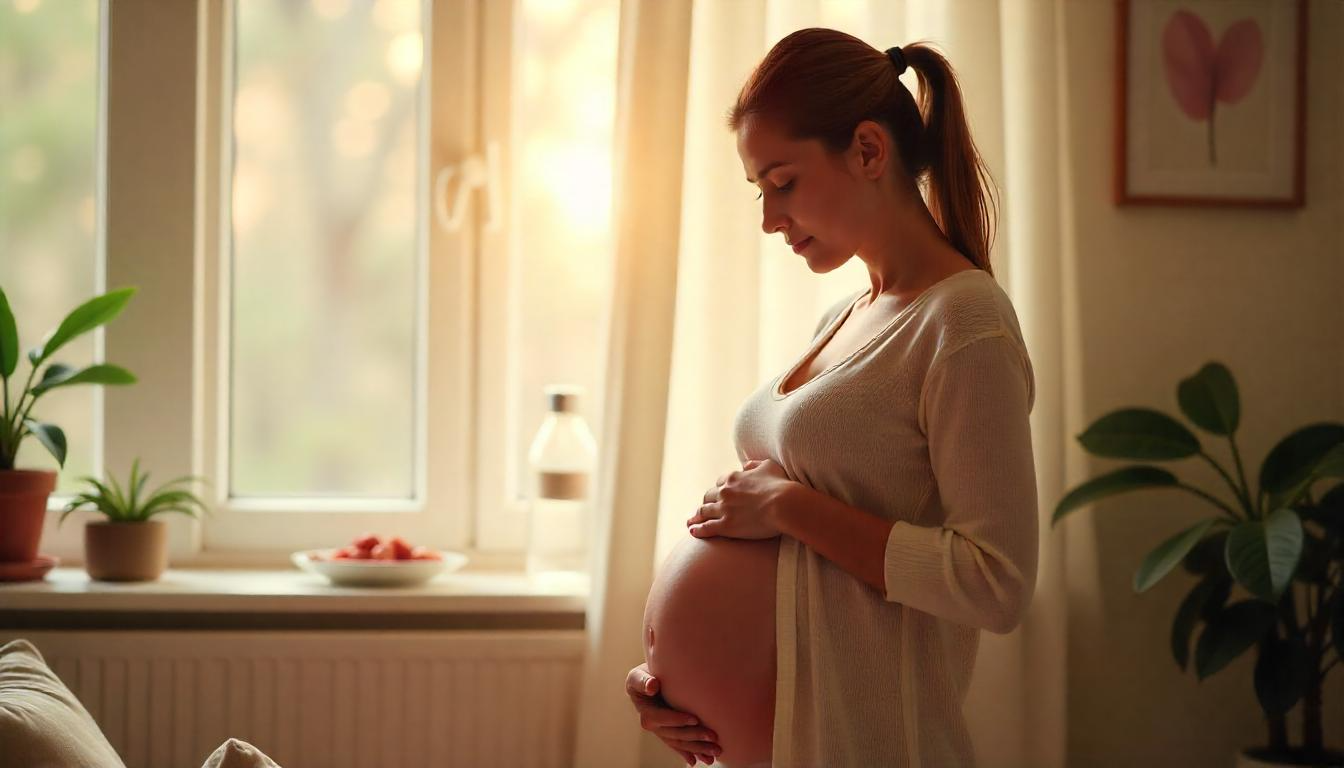Pregnancy brings many physical and hormonal changes, including noticeable shifts in blood pressure. Low blood pressure during pregnancy is a common occurrence, particularly in the first and second trimesters. While often considered harmless, consistently low readings can sometimes indicate deeper health concerns. Understanding the causes, symptoms, and safe ways to manage this condition is essential for the well-being of both mother and baby.
In this article, we’ll explore whether a drop in blood pressure during pregnancy is harmless or dangerous, how to recognize the signs, and the steps you can take to stay healthy and safe throughout your pregnancy.
What Is Low Blood Pressure During Pregnancy?
Blood pressure is measured using two numbers — systolic (the upper number) and diastolic (the lower number). For most people, a normal blood pressure reading is around 120/80 mmHg. During pregnancy, low blood pressure (hypotension) is generally defined as anything below 90/60 mmHg.
Blood arteries relax and widen as a result of hormonal changes, particularly elevated progesterone, which can lower blood pressure. Although this is a typical natural reaction, some women may have unsettling symptoms, including exhaustion, dizziness, fainting, or blurred vision.
Learn more about how to manage hypotension in this detailed guide: Managing Low Blood Pressure
Is Low Blood Pressure During Pregnancy Harmless?
Pregnancy-related low blood pressure is frequently seen as benign and doesn’t need to be treated. However, under some situations, it may become hazardous:
1. Reduced Blood Flow to Organs
The heart and brain are two important organs whose blood supply may be restricted by extremely low blood pressure. Dizziness, fainting episodes, and even falls, which are particularly dangerous during pregnancy, can result from this.
2. Impact on the Baby
Mild hypotension is unlikely to have an impact on the unborn child, but severe or persistent hypotension may limit the flow of blood and oxygen to the placenta, which could have an impact on the development of the unborn child.
3. Indicator of Other Conditions
Pregnancy-related low blood pressure might occasionally indicate an underlying medical condition, such as anemia, infection, malnutrition, or dehydration. Medical care is necessary for these conditions.
Check out this article to know the early signs of pregnancy-related changes: Early Pregnancy Symptoms
Common Causes of Low Blood Pressure During Pregnancy
Several factors may contribute to low blood pressure during pregnancy, including:
- Hormonal fluctuations (especially increased progesterone)
- Dehydration
- Long periods of standing
- Lying on your back (especially in later stages)
- Nutrient deficiencies, especially iron and folate
- Varicose veins
- Infections or internal bleeding (in rare cases)
To rule out any significant issues, consult your healthcare physician if you’re experiencing any strange symptoms.
Symptoms to Watch Out For
While not all pregnant women with low blood pressure will experience symptoms, typical indicators include:
- Lightheadedness or dizziness
- Fainting
- Fatigue
- Nausea
- Blurred or double vision
- Cold, clammy skin
- Rapid or shallow breathing
You should get in touch with your doctor right away if these symptoms are severe or persistent.
How to Manage Low Blood Pressure During Pregnancy
The following are some secure and practical methods for controlling low blood pressure during pregnancy:
1. Stay Hydrated
Stay hydrated throughout the day. One of the most frequent causes of hypotension is dehydration.
2. Avoid Sudden Position Changes
Standing up too soon can cause vertigo. Slowly get out of a sitting or lying position.
3. Eat Small, Frequent Meals
Hypotension can be exacerbated by low blood sugar. Blood pressure levels can be maintained by eating well-balanced meals and interspersing them with nutritious snacks.
Explore this guide for pregnancy-safe meals to manage low BP: Exercise Meals for Low Blood Pressure
4. Wear Compression Stockings
These can lessen symptoms like leg edema and vertigo while also enhancing circulation.
5. Exercise Regularly
Gentle movement can improve circulation and help stabilize blood pressure.
Here are some safe exercises tailored for women with low blood pressure: Low Blood Pressure Exercises for Women
When to See a Doctor
Contact your healthcare provider if you:
- Have instances of fainting
- Feel weak or exhausted all the time
- Have trouble focusing or seeing clearly?
- Worried about the movements of the fetus?
Your doctor might recommend blood tests, urinalysis, or other screenings to determine the cause of the hypotension and suggest appropriate treatment, according to the Mayo Clinic.
FAQs About Low Blood Pressure During Pregnancy
1. Is low blood pressure common in early pregnancy?
Yes, low blood pressure is particularly prevalent during the first trimester because of hormonal changes and increased blood circulation.
2. Can low blood pressure harm the baby?
In most cases, it’s harmless. However, if it’s too low for a long time, it might affect placental blood flow.
3. What are the safest ways to raise blood pressure while pregnant?
Drink plenty of water, eat well-balanced meals, avoid prolonged standing, and do some light exercise.
4. Should I avoid exercise if I have low blood pressure?
Not necessarily. Light exercises like walking or prenatal yoga can actually help, but always consult your doctor first.
Need more advice? Read this helpful article: Managing Low Blood Pressure
Conclusion: Monitor, Manage, and Stay Informed
Particularly in the early stages, low blood pressure during pregnancy is typically a normal aspect of the experience. However, preventing complications requires knowledge and prompt action. You may successfully manage symptoms and guarantee a healthy pregnancy by drinking plenty of water, eating a balanced diet, engaging in safe exercise, and speaking with your doctor.
Dive deeper into how to maintain healthy pressure and fitness: Dangerous Low Blood Pressure in Women
Call to Action
Are you experiencing symptoms of low BP while pregnant? Don’t ignore the signs. Explore FitFusionBlogs for expert tips to stay informed and healthy.



